Navigation
Analysis of the Prices of B7 Fasteners in 2024
Raw Material Cost:
The main material of B7 fasteners is alloy steel, and the fluctuation of the raw material price has a direct impact on the cost of fasteners. In 2024, if the supply of raw materials such as steel is tight or the demand is booming, leading to a price increase, the price of B7 fasteners will also rise accordingly. For example, if the prices of raw materials such as iron ore go up due to factors like resource shortages or restricted mining, it will drive up the price of B7 fasteners.
Market Supply and Demand Relationship:
On the demand side of the market, if major application industries such as petrochemical and machinery manufacturing develop well and the demand for B7 fasteners increases while the supply cannot meet it in time, the price will rise; conversely, if the demand decreases, the price may fall. For example, if the new energy vehicle industry develops rapidly and the demand for related high-strength fasteners increases significantly, it will drive up the price of B7 fasteners. On the supply side of the market, if B7 fastener manufacturing enterprises increase their production capacity or new enterprises enter the market, resulting in an increase in supply, the price will be suppressed when the demand remains unchanged; if some enterprises reduce production due to environmental protection policies and other restrictions, resulting in a decrease in supply, the price is likely to rise.
Production Process and Quality Requirements:
B7 fasteners produced with high precision and complex processes, such as those adopting special forging and heat treatment processes, or those with strict requirements for thread precision and surface finish, have high costs and thus high prices. For example, the B7 fasteners used in the aerospace field, due to the extremely high requirements for quality and reliability and the complex production process, have prices far higher than those of similar products used in ordinary industries.
Surface Treatment Methods:
Different surface treatment processes will affect the price of B7 fasteners. The common blackening treatment has a relatively low cost and a relatively affordable price; while treatments such as nickel plating, chromium plating, and Teflon coating can improve the corrosion resistance, wear resistance and other properties of fasteners, but they will increase the production cost and cause the price to rise. For example, the price of a B7 outer hexagon bolt with blackening treatment is relatively low, while the price of the same specification bolt with nickel plating will be much higher.
Brand and Market Competition:
B7 fasteners of well-known brands, due to advantages such as quality assurance and after-sales service, often have higher prices. For example, the B7 fasteners produced by large steel mills such as Baosteel have a medium-to-high price level in the market. The degree of market competition will also affect the price. When the competition is fierce, enterprises will lower the price to seize market share; when the competition eases, enterprises have more room for pricing and the price may rise.
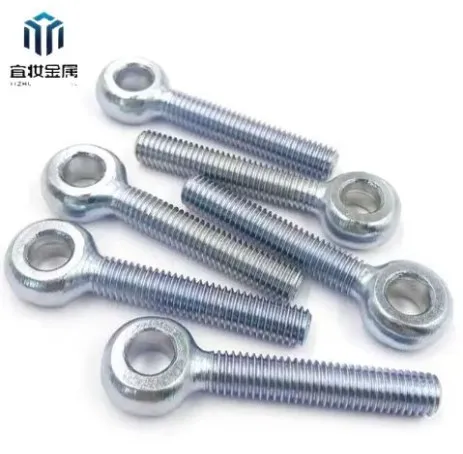
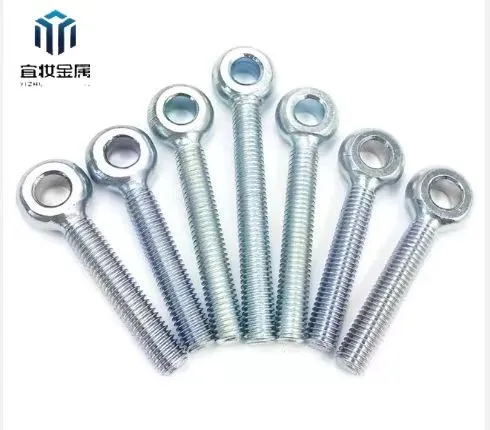
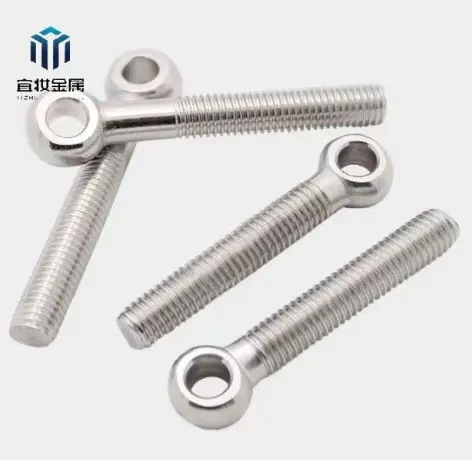
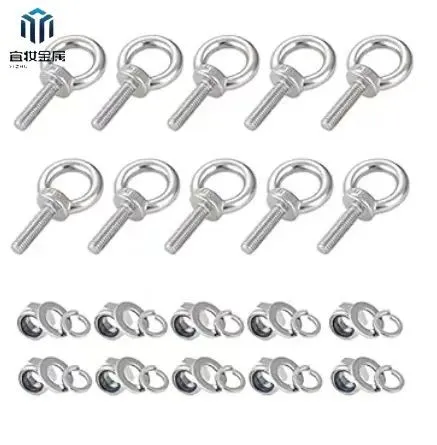

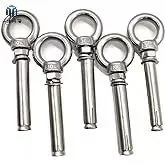
Raw Material Cost:
The main material of B7 fasteners is alloy steel, and the fluctuation of the raw material price has a direct impact on the cost of fasteners. In 2024, if the supply of raw materials such as steel is tight or the demand is booming, leading to a price increase, the price of B7 fasteners will also rise accordingly. For example, if the prices of raw materials such as iron ore go up due to factors like resource shortages or restricted mining, it will drive up the price of B7 fasteners.
Market Supply and Demand Relationship:
On the demand side of the market, if major application industries such as petrochemical and machinery manufacturing develop well and the demand for B7 fasteners increases while the supply cannot meet it in time, the price will rise; conversely, if the demand decreases, the price may fall. For example, if the new energy vehicle industry develops rapidly and the demand for related high-strength fasteners increases significantly, it will drive up the price of B7 fasteners. On the supply side of the market, if B7 fastener manufacturing enterprises increase their production capacity or new enterprises enter the market, resulting in an increase in supply, the price will be suppressed when the demand remains unchanged; if some enterprises reduce production due to environmental protection policies and other restrictions, resulting in a decrease in supply, the price is likely to rise.
Production Process and Quality Requirements:
B7 fasteners produced with high precision and complex processes, such as those adopting special forging and heat treatment processes, or those with strict requirements for thread precision and surface finish, have high costs and thus high prices. For example, the B7 fasteners used in the aerospace field, due to the extremely high requirements for quality and reliability and the complex production process, have prices far higher than those of similar products used in ordinary industries.
Surface Treatment Methods:
Different surface treatment processes will affect the price of B7 fasteners. The common blackening treatment has a relatively low cost and a relatively affordable price; while treatments such as nickel plating, chromium plating, and Teflon coating can improve the corrosion resistance, wear resistance and other properties of fasteners, but they will increase the production cost and cause the price to rise. For example, the price of a B7 outer hexagon bolt with blackening treatment is relatively low, while the price of the same specification bolt with nickel plating will be much higher.
Brand and Market Competition:
B7 fasteners of well-known brands, due to advantages such as quality assurance and after-sales service, often have higher prices. For example, the B7 fasteners produced by large steel mills such as Baosteel have a medium-to-high price level in the market. The degree of market competition will also affect the price. When the competition is fierce, enterprises will lower the price to seize market share; when the competition eases, enterprises have more room for pricing and the price may rise.






